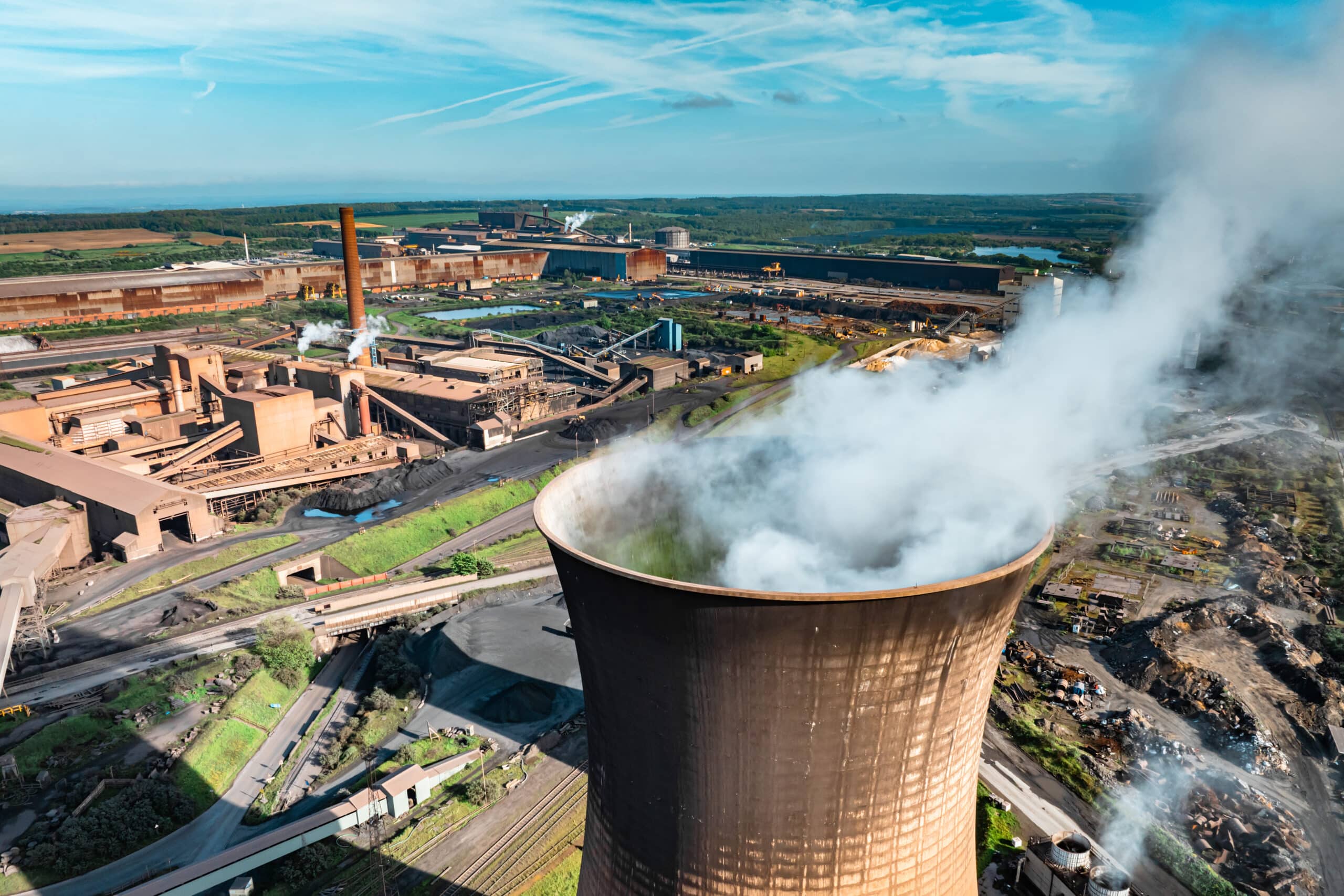For decades, calcination CO₂ has been treated as a pure liability. Cement producers face growing costs under the EU Emissions Trading System (ETS) and mounting pressure from the Carbon Border Adjustment Mechanism (CBAM). But under the EU Renewable Energy Directive (RED II/III), a new opportunity has emerged: turning calcination CO₂ into a valuable feedstock for low-carbon fuels.
The Role of Chain of Custody
The RED framework allows industrial CO₂ emissions, if captured, to be used as an input to produce Recycled Carbon Fuels (RCFs) or Renewable Fuels of Non-Biological Origin (RFNBOs), such as synthetic kerosene or methanol. To make this work, transparent Chain-of-Custody (CoC) systems are essential.
These systems ensure that:
- Every tonne of captured CO₂ is uniquely tracked,
- Emission reductions are allocated fairly across products,
- And double counting is avoided across cement plants, fuel producers, and end-users.
In practice, CoC combines:
- Mass balance methods to proportionally allocate captured CO₂ across outputs,
- Registry systems and certificates (book & claim) to manage transfers between sectors,
- Third-party auditing to validate that all claims are consistent and credible.
- The outcome is a transparent pathway that transforms calcination CO₂ from waste into an asset in the clean fuels value chain.
The Benefits for Cement Producers
For producers, participating in CoC systems unlocks multiple layers of value:
New Revenue Streams
- Captured CO₂ can be sold as a feedstock to e-fuel producers.
- What was once vented into the atmosphere becomes a tradable commodity.
Lower Compliance Costs
- Captured CO₂ avoids the need to surrender ETS allowances (at €80–100/tonne, a significant saving).
- It also reduces exposure to CBAM costs for imported cement and clinker.
Market Differentiation
- Plants with CCUS (carbon capture, utilisation and storage) can brand their products as part of the low-carbon transition.
- This strengthens their position in green public procurement and low-carbon construction projects.
Access to Funding & Incentives
- RED-compliant CO₂ utilisation projects are well-positioned for EU Innovation Fund grants, national subsidies and ESG-linked finance.
- Investors increasingly reward cement companies with verifiable transition strategies.
Risk Management
- Transparent custody systems reduce greenwashing risks and reinforce a producer’s licence to operate.
- They also ensure alignment with tightening climate regulation.
In short, what used to be a pure compliance cost can now generate revenue, credibility and strategic advantage.
Why It’s Difficult
Of course, this opportunity is not easy to realise. Cement producers face significant hurdles in making RED compliant CoC systems work. On the technical side, retrofitting kilns with carbon capture technology is both capital-intensive and operationally complex. Integrating captured CO₂ into downstream value chains, such as synthetic fuel production, adds further layers of engineering and logistical challenges. The situation is further complicated by the need to weigh the cost benefit trade offs of full or partial capture, and the role of Renewable Thermal Fuels (RTF). Each pathway affects emissions balances, operational costs, and compliance status differently, creating an additional layer of decision-making complexity.
There is also regulatory complexity to contend with. RED II/III sets strict sustainability and greenhouse gas accounting criteria, and determining whether calcination-derived CO₂ qualifies as recycled carbon or RFNBO input demands detailed lifecycle analysis. Beyond regulation, the certification burden is heavy: every tonne of CO₂ must be uniquely tracked under schemes such as ISCC or REDcert to prevent double counting. This requires building robust documentation systems and preparing for rigorous third-party audits.
Finally, commercial uncertainty makes investment decisions difficult. Pricing mechanisms for CO₂ feedstock, certificates, and synthetic fuels are still evolving, leaving producers hesitant to commit without long-term visibility. These combined challenges mean that while the opportunity is real and valuable, it can only be unlocked with the support of specialist expertise that bridges policy, engineering, certification, and financial modelling.
How io consulting can help
This is where consultancies with the right combination of skills can make the difference. Success in this space requires the intersection of these capabilities:
RED / RFNBO Experts
- Interpret EU rules and ensure projects align with RED compliance.
- Model lifecycle emissions to demonstrate GHG savings thresholds are met.
Development Engineers
- Evaluate and design carbon capture options (amine scrubbing, oxyfuel, calcium looping).
- Optimise integration into cement kilns and supply chains.
Certification Specialists
- Build chain-of-custody systems tailored to cement-fuel value chains.
- Prepare facilities for ISCC / REDcert audits and ensure double counting is avoided.
Together, this expertise helps cement producers:
- De-risk their investments,
- Monetise CO₂ through certified partnerships, and
- Position themselves as credible leaders in decarbonising a hard-to-abate sector.
From Cost Centre to Value Chain Partner
Cement producers today face a stark choice. Continue treating calcination CO₂ as a compliance liability, or transform it into a feedstock that supports the energy transition, generates new revenues, and strengthens market position.
CoC systems under RED make this transformation possible, but success depends on mastering policy, process and proof. With the right advisory support, cement producers can overcome the complexity, seize the opportunity, and turn their biggest liability into their biggest asset.







